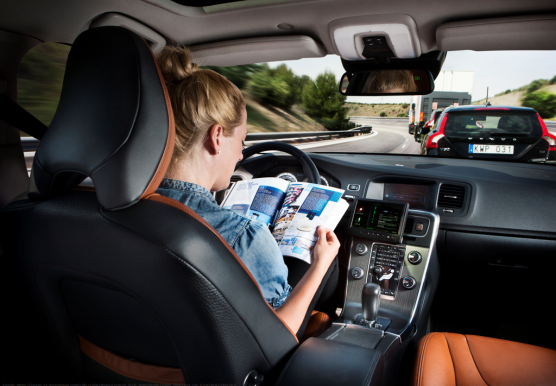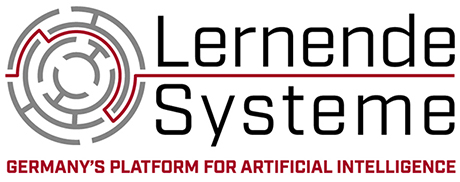Safely on the road as a man-machine team
In the future, more and more vehicles will participate in road traffic, at least in part in a highly automated manner. In doing so, they will also find themselves in difficult traffic situations that they cannot manage alone - but in which humans can provide support. The intelligent assistance system KoFFI helps to recognize such situations early on and to solve them through trustworthy driver-vehicle cooperation. In order to optimize this, technical, ethics and legal experts worked closely together from the very beginning of development.
Dense fog lies over the country road, the driver can only see a few meters away. A tractor brakes the traffic. Should the driver overtake now? "In this situation, the machine has a clear advantage," explains Marcel Woide from the University of Ulm and a member of the KoFFI (Cooperative Driver-Vehicle Interaction) research project funded by the German Federal Ministry of Education and Research (BMBF). "With state-of-the-art technology such as LIDAR or radar systems, the intelligent car can see through the fog - and overtake the tractor safely," says Woide. Things are different without fog. Here, people usually have a better view because the technology only detects a few hundred meters.
The automotive industry envisages five development stages before a vehicle can drive fully automatically. It still takes time until the last stage is reached, so the human being remains responsible. In practice, this means that there will be many traffic situations that neither automation nor the driver alone can ideally solve. This is where KoFFI comes in: Smooth cooperation between vehicle and driver should enable tricky situations to be mastered quickly and safely.
Man and car cooperate

Under the direction of the network coordinator Robert Bosch GmbH, the project partners (Daimler AG, EML European Media Laboratory GmbH, Heilbronn University of Applied Sciences, Stuttgart Media University, Ulm University) investigated how a partially automated vehicle can become a cooperative partner in road traffic. The goal: Driver and vehicle should recognize critical traffic situations as early as possible in order to react appropriately.
In the driving simulator developed in-house, KoFFI researchers simulated situations such as the fog ride described above with test drivers. The astonishing finding: "Eight out of ten drivers abort the overtaking maneuver in fog, despite state-of-the-art technology, if the car fails to explain its actions," reports Woide. The KoFFI driving assistant was therefore equipped with a speech dialog system and a multimodal user interface. This means that the vehicle can explain itself both visually and via audio.
A software framework ensures that the artificial intelligence recognizes the mood of the driver based on the language style and reacts accordingly. Situations were simulated in which both the human being and the automation system are overstrained. It was important to find joint solutions.
The system suggests, the driver decides
But who decides in case of disagreement? Mainly the human being, explains Marcel Woide. The vehicle usually only makes suggestions that the driver can reject at any time. The only exception: an accident is imminent - for example, because the driver overlooked another road user when turning off. "Then our guardian angel function takes over and stops the vehicle in a controlled manner," explains Woide. When the guardian angel should intervene was optimized by means of simulations in cooperation with ethics researchers and legal scientists at the Stuttgart University of Applied Sciences.
The KoFFI developers tested how the interaction between man and machine works best, not only in the driving simulator, but also on public roads. Together, the team developed ethical recommendations and guidelines for automated driving. The project results form the basis for the continuous development of cooperative driver-vehicle interactions.
Application facts
Sensors and Communication
Human-Computer Interaction and Assistance Systems
Information and Communication
- Intelligent Assistance Systems
Marketing/Sales
Research and Development [R&D]
Robert Bosch GmbH
Large Enterprise
Website
Universität Ulm
Daimler AG
European Media Laboratory GmbH
Hochschule Heilbronn
Hochschule der Medien Stuttgart
